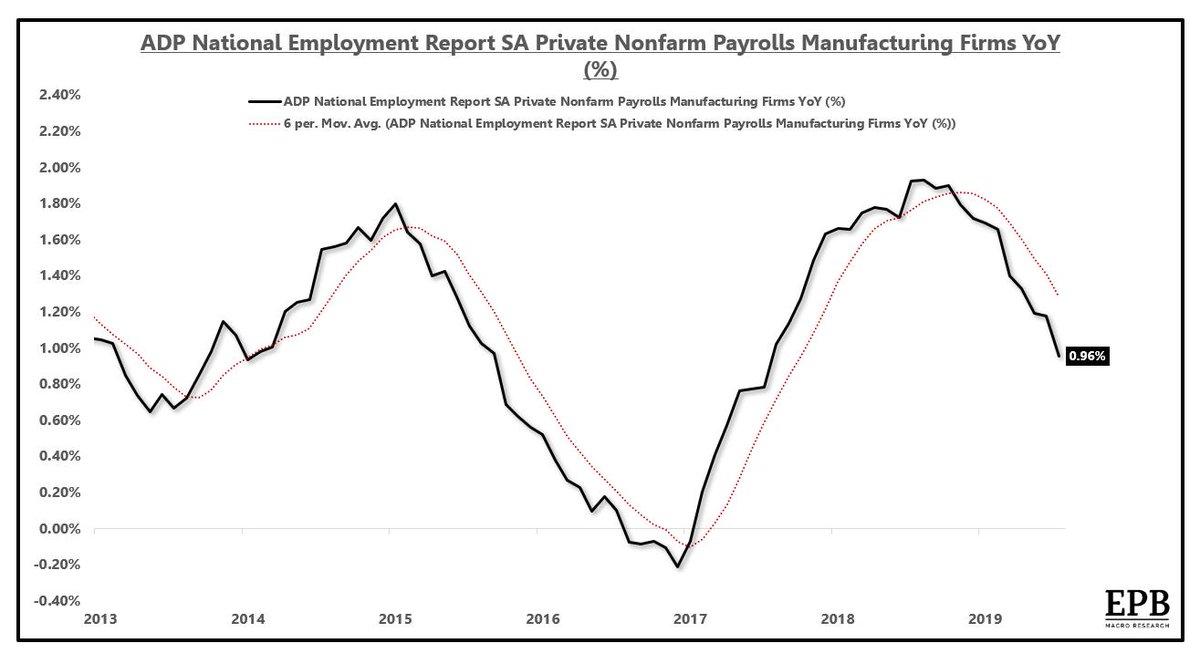While the headline ADP number "beat", hardly anyone will point out that the growth rate decelerated to a 21 month low. #RateofChange 

• • •
Missing some Tweet in this thread? You can try to
force a refresh














